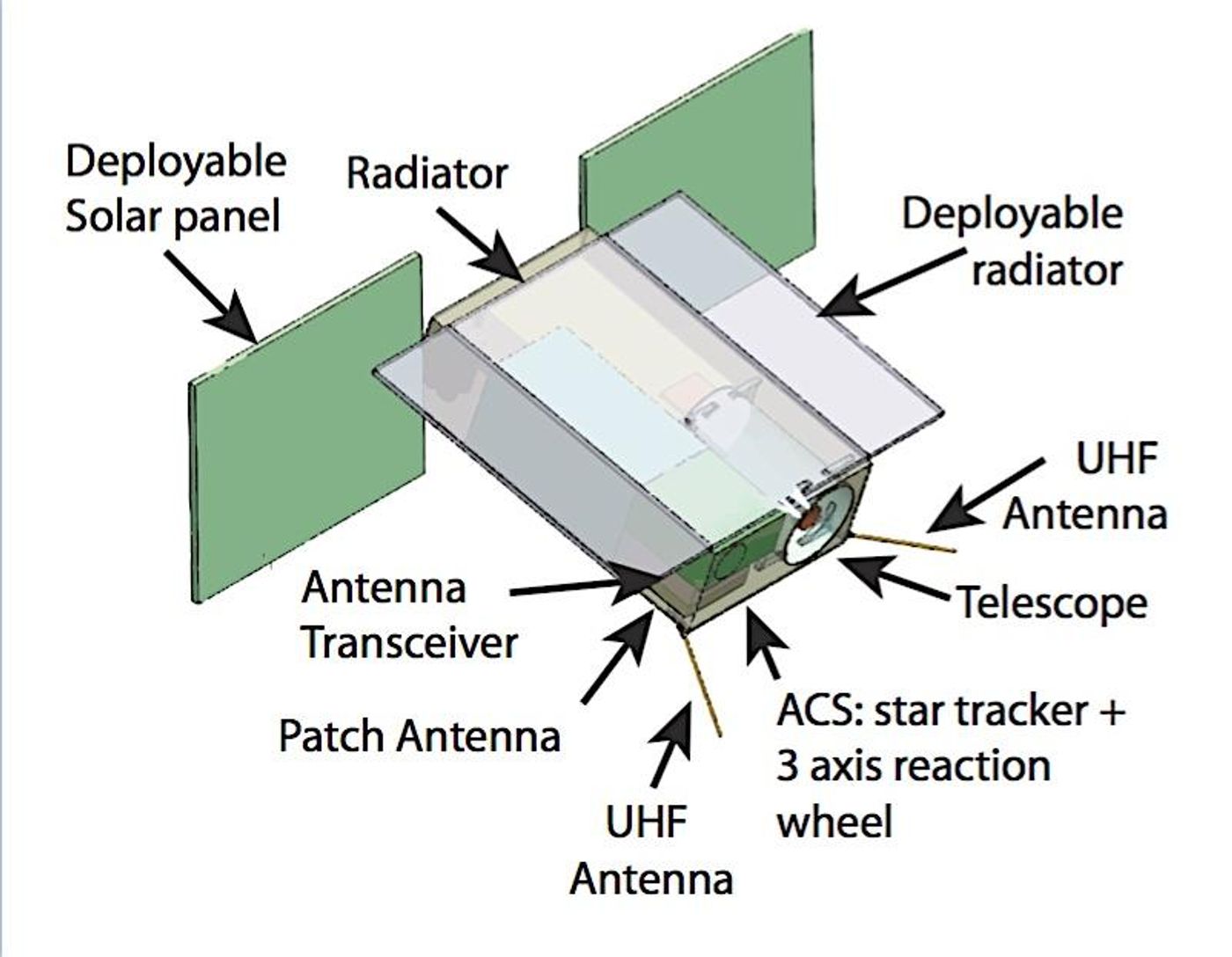Upcoming Ultraviolet-Based Space Telescope to Discern Habitability of Distant Stars
Although astronomers discover exoplanets orbiting distant stars all the time, it’s harder to discern whether they host habitable environments or not. Doing so involves probing various factors, including the characteristics of the host star.
Researchers from Arizona State University’s School of Earth and Space Exploration (SEPE) hope to push research of this nature forward with the development of a forthcoming cereal box-sized spacecraft dubbed the Star-Planet Activity Research CubeSat (SPARCS), which will purportedly sport both a 9-centimeter space telescope and a duo of ultraviolet-sensitive detectors.
Image Credit: ASU
"This is a mission to the borderland of astrophysics and astrobiology," said Evgenya Shkolnik, the principal investigator for the SPARCS mission. "We're going to study the habitability and high-energy environment around stars that we call M dwarfs."
Related: NASA reflects on the James Webb Space Telescope's progress
Astronomers will use SPARCS to study small, cool M dwarf stars, which are plentiful throughout the Milky Way. Most M dwarf stars have at least one exoplanet orbiting them, and close to a quarter of those are Earth-like terrestrial types residing within in the star’s habitable zone. Given the circumstances, these exoplanets seem ideal for scientific study.
M dwarf stars flare up significantly more often than the Sun does, and for longer. SPARCS’ role in all of this is to help astronomers study said activity in the ultraviolet light spectrum for extended periods – much longer than the over-booked Hubble Space Telescope is capable of.
Armed with the knowledge about how ultraviolet radiation impacts a planet’s potential habitability, astronomers can rule out exoplanets that receive too much ultraviolet from stellar flare-ups and learn which exoplanets that we need to pay closer attention to.
Given all the interest astronomers seem to have in discovering life outside of our solar system, the SPARCS mission should provide valuable information concerning where we need to look harder. It should launch by 2021, so it ought to be interesting to see how things will go when the time comes.
Source: Arizona State University









